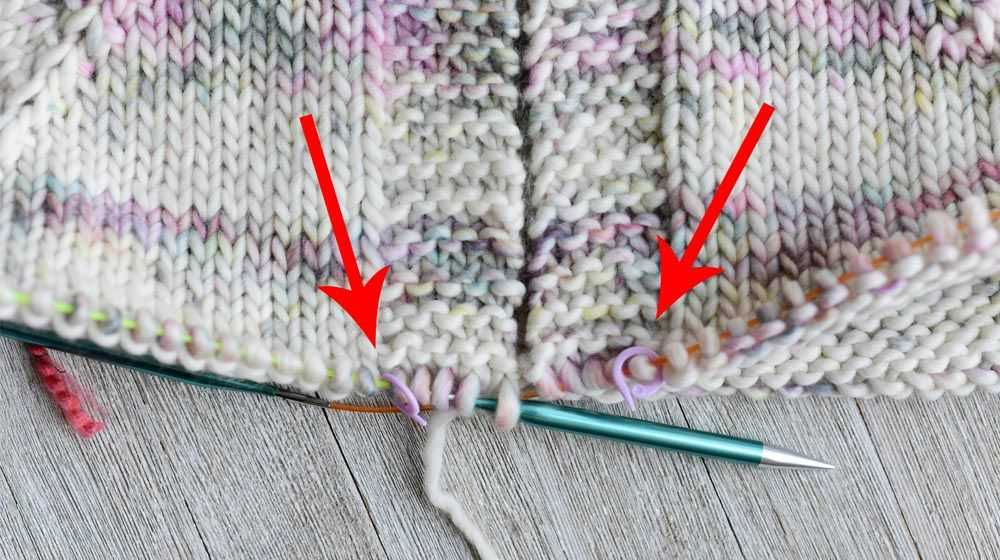
If you’re an avid knitter looking for a new project, or if you’re just starting out and want to tackle a challenging garment, a raglan sleeve sweater is a great choice. The unique construction of raglan sleeves adds interest and style to any sweater, and they are surprisingly simple to knit.
While there are many raglan sleeve knitting patterns available, this article will provide you with a free pattern that you can use to create your very own raglan sleeve sweater. With detailed instructions and helpful tips, you’ll be able to confidently knit a beautiful and comfortable sweater for yourself or as a gift.
Not only is this pattern free, but it also offers a wide range of customization options. You can choose different yarns, colors, and stitch patterns to create a completely unique sweater. Plus, with raglan sleeves, you won’t have to worry about shaping armholes or sewing in sleeves – everything is knit seamlessly!
What is a raglan sleeve?
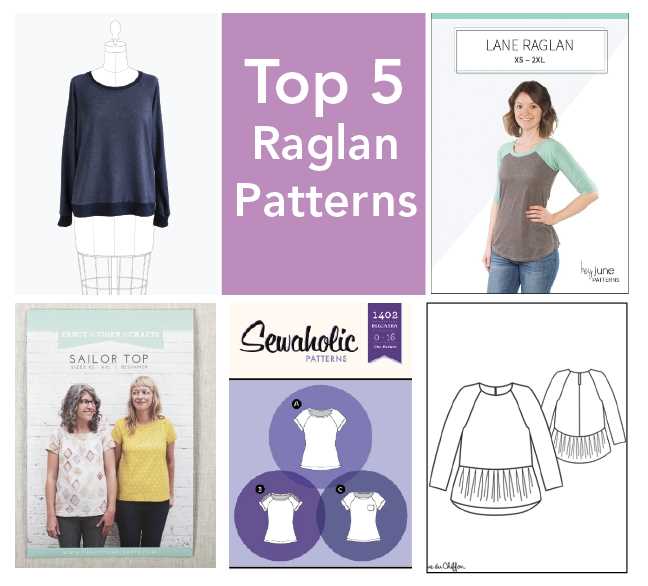
A raglan sleeve is a type of sleeve construction in knitting or sewing that extends in one piece from the neckline to the armhole. It is named after Lord Raglan, the British officer who popularized this style during the Crimean War in the 1850s.
The defining characteristic of a raglan sleeve is the diagonal seam that runs from the neckline to the underarm, creating a sloping line across the shoulder. This type of sleeve is typically used in sportswear and casual garments, as it allows for greater freedom of movement in the arms.
Raglan sleeves are often seen in baseball shirts, sweatshirts, and other athletic apparel, but they can also be found in more fashionable designs. They are favored by many knitters because they eliminate the need for sewing separate sleeves, making the construction process simpler and more efficient.
The raglan sleeve is a versatile style that can be adapted to various lengths and shapes, depending on the desired look and fit. It can be short, long, or three-quarter length, and can be tapered or flared at the wrist. The sloping line of the raglan seam adds visual interest to the garment, creating a flattering and modern silhouette.
Benefits of knitting raglan sleeves
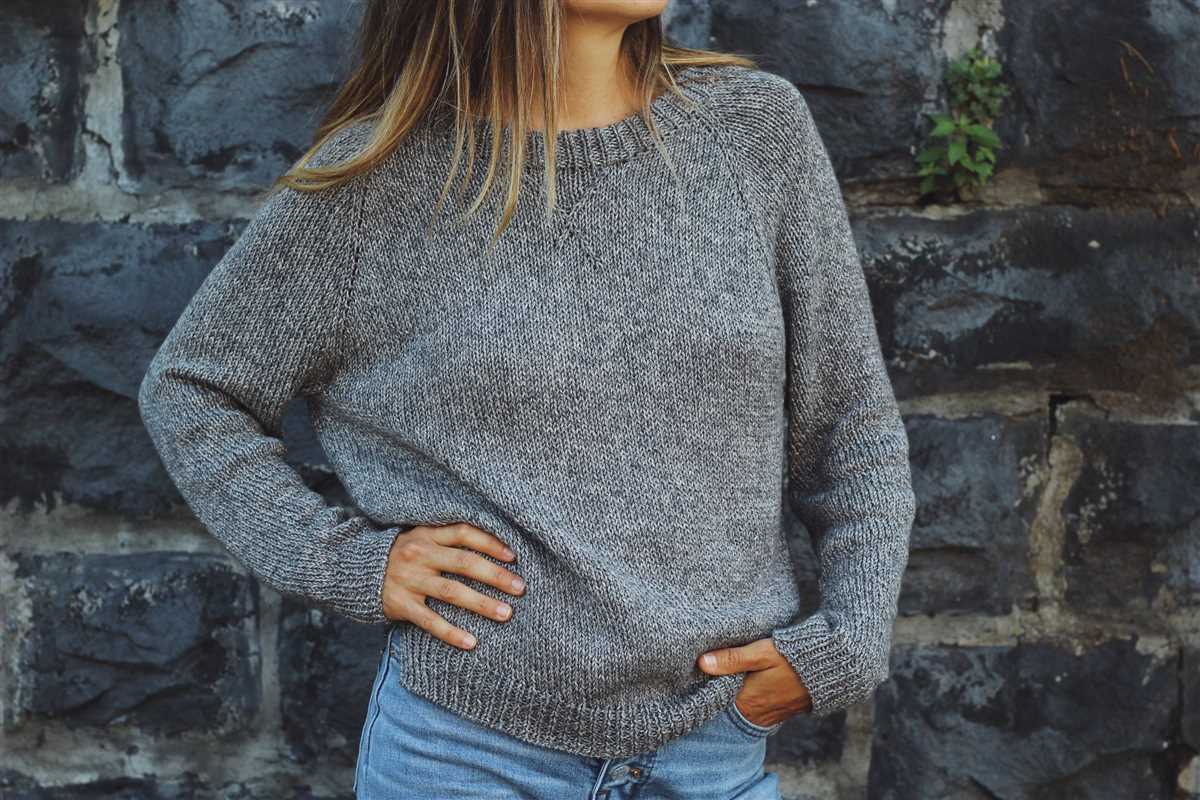
When it comes to knitting raglan sleeves, there are several benefits that make them a popular choice among knitters. From the ease of construction to the flexibility in fit, here are some advantages of incorporating raglan sleeves into your knitting projects.
Ease of construction
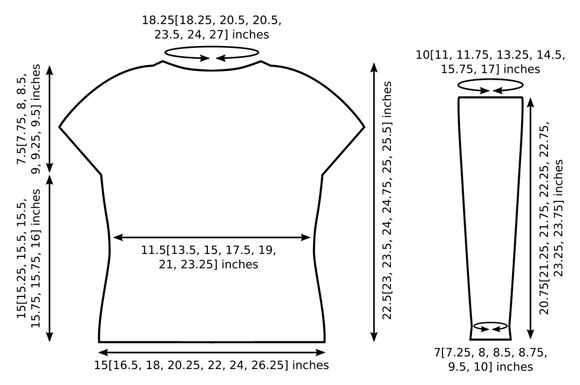
Raglan sleeves are known for their simple construction and seamless design. Unlike other types of sleeves that require separate knitting and sewing, raglan sleeves are knit in one continuous piece. This eliminates the need for complicated shaping techniques and minimizes the number of seams in the finished garment. Knitting raglan sleeves is a great option for beginners or anyone looking for a quick and straightforward project.
Flexibility in fit
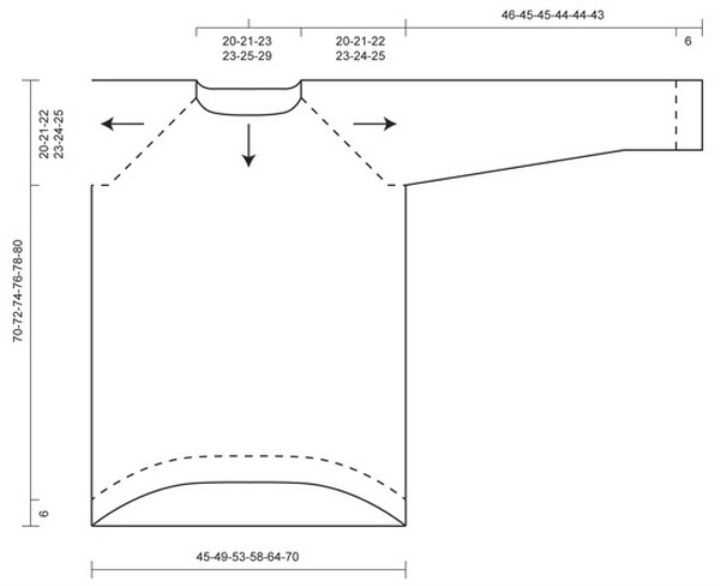
One of the major advantages of raglan sleeves is their ability to provide a flexible fit. The diagonal seam that runs from the neckline to the underarm allows for easy adjustments to accommodate different body types and sizes. Raglan sleeves are known for their flattering look and comfortable fit, making them a popular choice among knitters and wearers alike.
Raglan sleeves also offer more freedom of movement compared to other sleeve constructions. The diagonal seam allows for increased range of motion in the arms, making raglan sleeves ideal for active or sporty garments. Whether you’re knitting a cozy sweater or a lightweight cardigan, raglan sleeves provide comfort and versatility.
Materials needed for knitting raglan sleeves
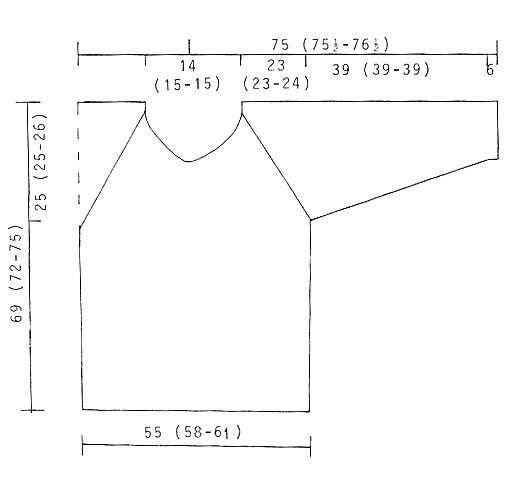
When embarking on a knitting project, it’s important to gather all the necessary materials before getting started. For knitting raglan sleeves, the following items are essential:
- Yarn: Choose a yarn that suits your desired pattern and garments. You can opt for different weights and fibers depending on the look and feel you want to achieve.
- Knitting needles: Select the appropriate needle size based on the yarn you have chosen and your knitting tension. Different patterns may require different needle sizes to achieve the desired gauge.
- Tape measure: A tape measure is an essential tool for checking your knitting gauge and for measuring the length and width of your raglan sleeves as you knit.
- Stitch markers: These small tools are used to mark specific stitches or rows in your knitting. They can be helpful in keeping track of the raglan shaping or any other important details in your pattern.
- Darning needle: A darning needle, also known as a yarn needle or tapestry needle, is used to weave in loose ends and sew pieces of the garment together. It’s important to choose a needle with a large eye that can easily accommodate the yarn thickness.
- Scissors: A good pair of scissors is essential for cutting the yarn and trimming excess threads.
With these essential materials in hand, you’ll be ready to start knitting your raglan sleeves and create a beautiful garment that you can wear with pride.
Step-by-step instructions for knitting raglan sleeves
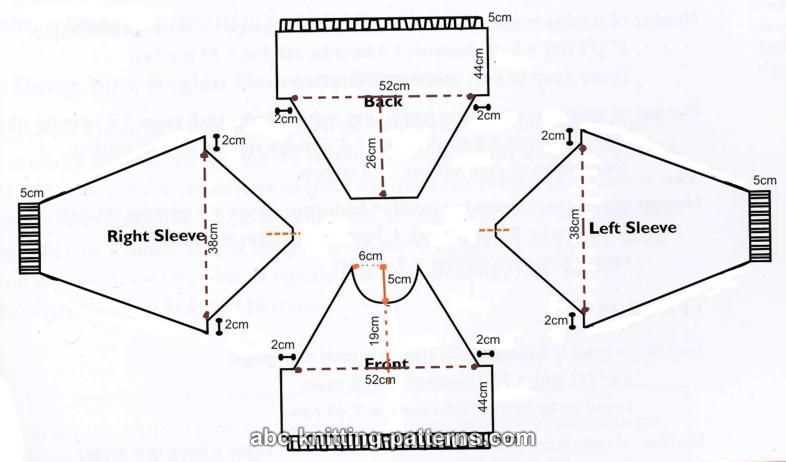
Knitting raglan sleeves can seem daunting for beginners, but with the right instructions, it can be a rewarding and enjoyable process. Follow these step-by-step instructions to successfully knit raglan sleeves for your garment.
1. Cast on
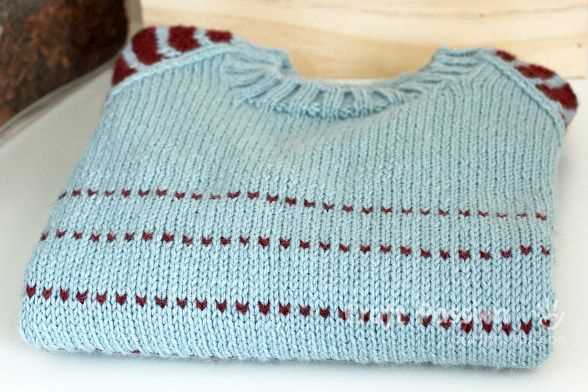
To begin knitting raglan sleeves, you will first need to cast on the required number of stitches. This number will vary depending on the size of your garment and the desired fit. Use a medium weight yarn and appropriately sized knitting needles for your project.
2. Divide stitches
Next, divide the stitches evenly onto four double-pointed needles or a circular needle, depending on your preference. The division should be equal on each needle, as these will represent the front, back, and two sleeves of your garment.
3. Increase stitches
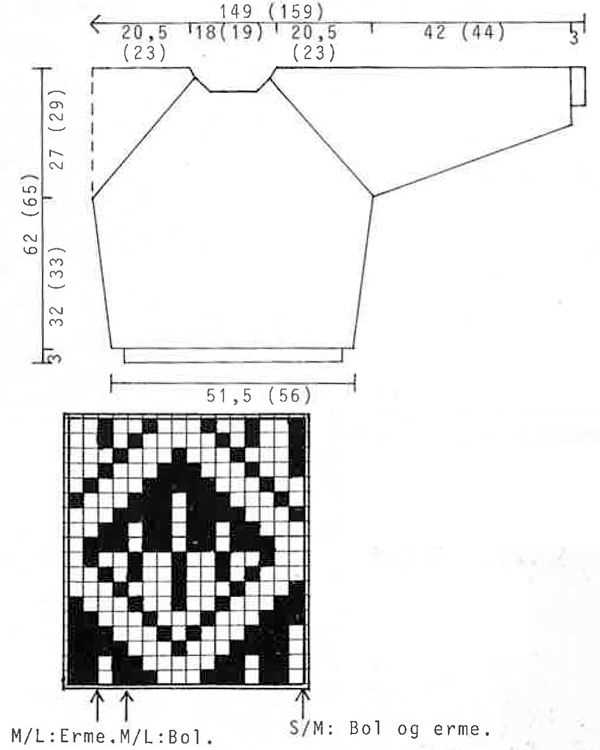
Now, it’s time to increase stitches for the raglan shaping. You will typically increase one stitch at each end of the front and back needles, as well as at the beginning and end of each sleeve needle. This will create the desired raglan line and shape. Take note of the specific increase technique recommended in your pattern.
4. Continue knitting
Continue knitting each round in the established pattern until the raglan shaping is complete. This may involve following a specific stitch pattern or simply knitting in stockinette stitch for a classic look. Follow the instructions provided in your pattern to ensure you’re on the right track.
5. Shape the sleeves
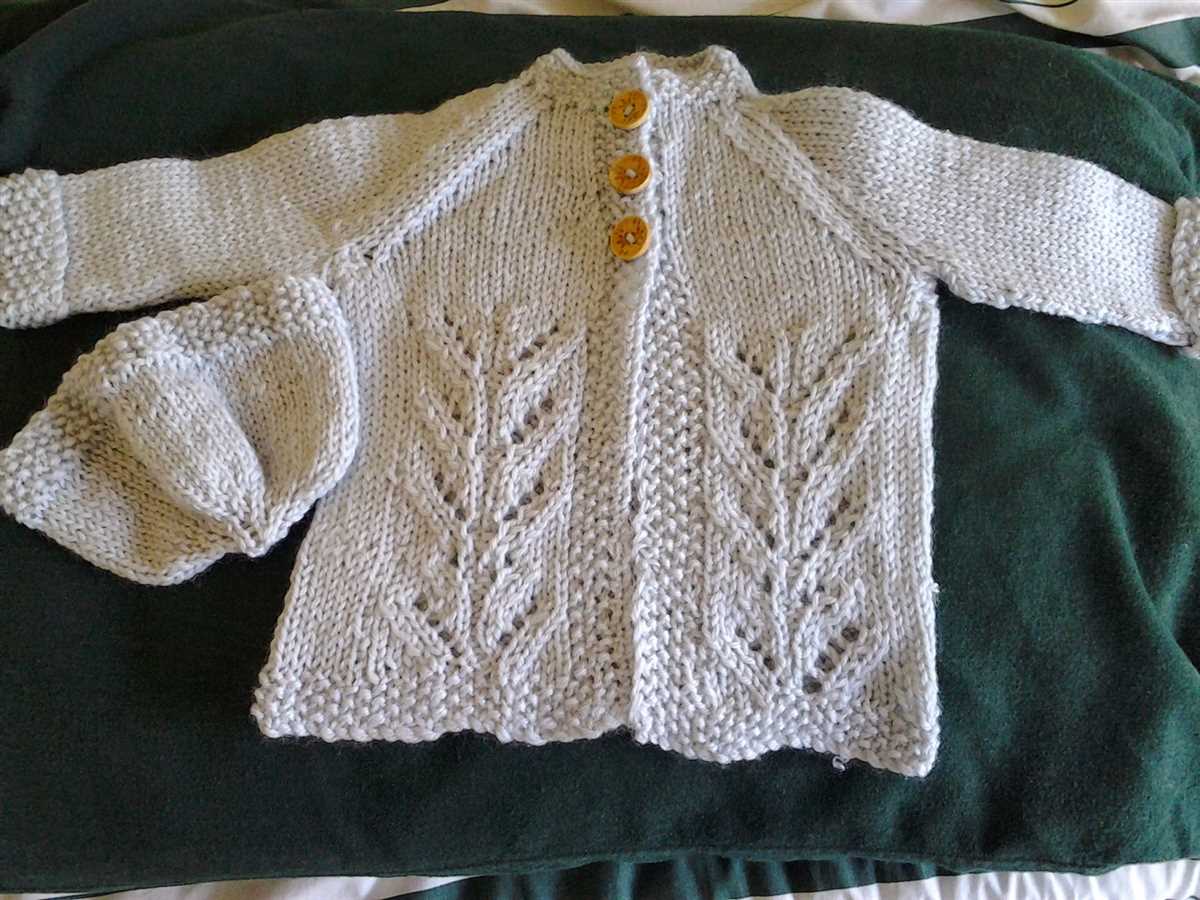
As you knit, you will gradually shape the sleeves by decreasing stitches. This is typically done by working two stitches together at the beginning and end of each sleeve needle. Again, refer to your pattern for the specific instructions on decreasing.
6. Finish off
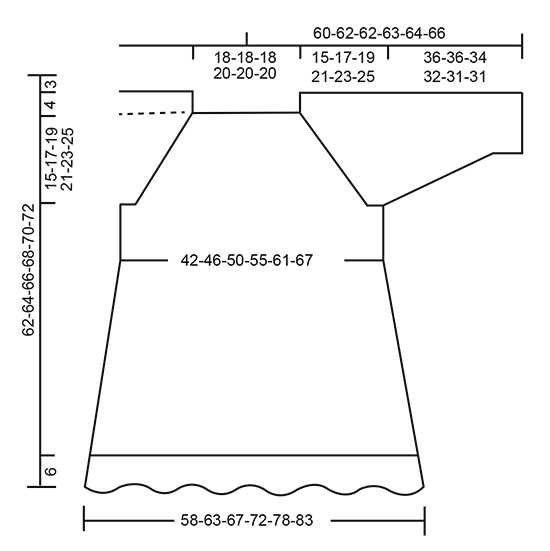
Once you have completed the desired length for your sleeves and achieved the desired shaping, it’s time to finish off. This may involve binding off stitches or switching to a ribbed cuff for a snugger fit. Again, refer to your pattern for the specific instructions on finishing off the sleeves.
Follow these step-by-step instructions and take your time to ensure accuracy and an excellent finished result. With practice, knitting raglan sleeves will become easier, and you’ll be able to experiment with different patterns and designs.
Choosing the right yarn for your raglan sleeve project
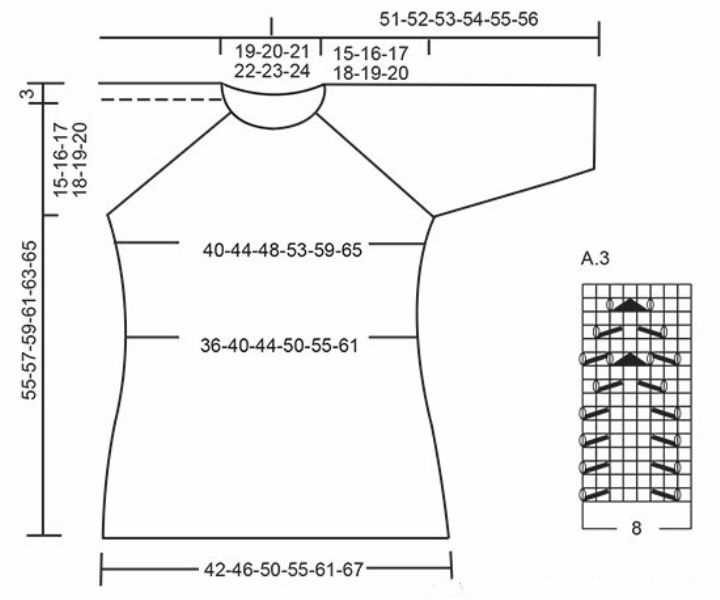
When it comes to knitting a raglan sleeve project, choosing the right yarn is essential to ensure a successful and enjoyable knitting experience. The type and quality of yarn you choose can greatly affect the outcome of your project, from the fit and appearance to the overall durability of the finished garment.
First and foremost, consider the fiber content of the yarn. Different fibers have different characteristics and can behave differently when knitted. Wool is a popular choice for raglan sleeves as it is warm, soft, and has natural elasticity, making it ideal for creating the distinctive shaping of the sleeves. However, if you prefer a lighter and more breathable option, you might opt for cotton or bamboo yarn.
Next, consider the weight or thickness of the yarn. The weight of the yarn can impact the drape, stitch definition, and overall appearance of the fabric. For a more structured and defined look, you might choose a heavier weight yarn, such as worsted or bulky. On the other hand, if you prefer a lighter and more delicate look, you might opt for a lighter weight yarn, such as sport or fingering.
Additionally, consider the color and texture of the yarn. The color can greatly influence the overall look of the project, so choose a color that complements your personal style and the intended purpose of the garment. As for texture, there are endless options available, from smooth and sleek to fluffy and textured. Consider the desired aesthetic and feel of the finished project when selecting the yarn’s texture.
Finally, always check the yarn requirements and recommendations provided in the free raglan sleeve knitting pattern. The pattern may specify certain yarn weights, fiber content, and yardage needed to achieve the desired fit and size of the garment. It’s important to follow these recommendations to ensure your project turns out as intended. If you decide to use a different yarn than recommended, make sure to check the gauge to ensure it matches the pattern’s gauge for accurate sizing.
In conclusion, choosing the right yarn for your raglan sleeve project involves considering the fiber content, weight, color, texture, and following any recommendations provided in the pattern. By taking these factors into account, you can ensure a successful and enjoyable knitting experience, resulting in a beautiful and well-fit raglan sleeve garment.
Tips for achieving the perfect fit with raglan sleeves
Raglan sleeves are a popular choice in knitting patterns due to their comfortable fit and ease of construction. However, achieving the perfect fit can be a challenge. Here are some tips to help you ensure that your raglan sleeve garment fits just right.
1. Accurate measurements: Before you start knitting, take precise measurements of your body. Measure your bust, waist, and hips, as well as your arm length and shoulder width. Use these measurements to select the correct size and make any necessary modifications to the pattern.
2. Gauge swatch: Always make a gauge swatch before starting your project. Raglan sleeves require careful attention to gauge, as any discrepancies can affect the fit of the garment. Take the time to measure your gauge accurately and adjust your needle size if needed.
- 3. Consider ease: When knitting raglan sleeves, it’s important to consider the amount of ease you want in your finished garment. Positive ease allows for a looser fit, while negative ease creates a more fitted look. Keep in mind your personal preferences and the intended purpose of the garment when selecting the amount of ease.
- 4. Adjusting sleeve length: Raglan sleeves are versatile because you can easily adjust their length to suit your needs. If you prefer longer or shorter sleeves, simply add or subtract stitches before starting the sleeve shaping. Remember to consider the overall proportions of the garment when making these adjustments.
- 5. Try it on: Throughout the knitting process, try on your garment to check the fit. This will help you identify any areas that may need adjustment, such as the sleeve length or body shaping. It’s much easier to make changes as you go rather than waiting until the entire piece is finished.
- 6. Pay attention to finishing: Proper finishing can greatly contribute to the fit of your raglan sleeve garment. Take the time to block and seam your project carefully, ensuring that the sleeves are set in evenly and the neckline sits properly. These finishing touches can make a big difference in the final fit of the garment.
By following these tips, you can achieve the perfect fit with raglan sleeves and create a garment that is both comfortable and stylish.
Adding design elements to your raglan sleeve project
When knitting a raglan sleeve project, there are various design elements you can incorporate to make your creation unique and visually appealing. By adding these elements, you can transform a simple raglan sleeve into a stylish and fashionable piece.
Colorwork
One way to add visual interest to your raglan sleeve project is by incorporating colorwork. This can be done through techniques such as stranded knitting or intarsia, where different colors of yarn are used to create patterns or designs. You can choose to knit your entire raglan sleeve in colorwork or incorporate smaller design elements, such as stripes or geometric patterns, to add pops of color.
Lace or Cable Panels
Another way to elevate your raglan sleeve project is by adding lace or cable panels. Lace panels can create a delicate and feminine look, while cable panels can add depth and texture to your garment. These design elements can be incorporated along the raglan shaping or on the body of the sleeve, depending on your preferences. Experiment with different stitch patterns to create unique and eye-catching designs.
Ribbing or Texture
If you prefer a more subtle design element, you can add ribbing or texture to your raglan sleeve project. Ribbing can be used to create a fitted cuff or collar, adding structure and definition to your garment. Texture can be achieved through different stitch patterns, such as seed stitch or moss stitch, which create a beautifully textured surface. These elements can add depth and interest to your raglan sleeves without overpowering the overall design.
Embellishments
To truly make your raglan sleeve project stand out, consider adding embellishments. This can include buttons, beads, appliques, or embroidery. These small details can add a touch of whimsy or elegance to your garment, making it truly one-of-a-kind. Experiment with different embellishments and placement to create a unique and personalized design.
Adding design elements to your raglan sleeve project allows you to unleash your creativity and create a garment that reflects your personal style. Whether you choose to incorporate colorwork, lace or cable panels, ribbing or texture, or embellishments, these elements will elevate your project from simple to stunning.
Common Mistakes to Avoid When Knitting Raglan Sleeves
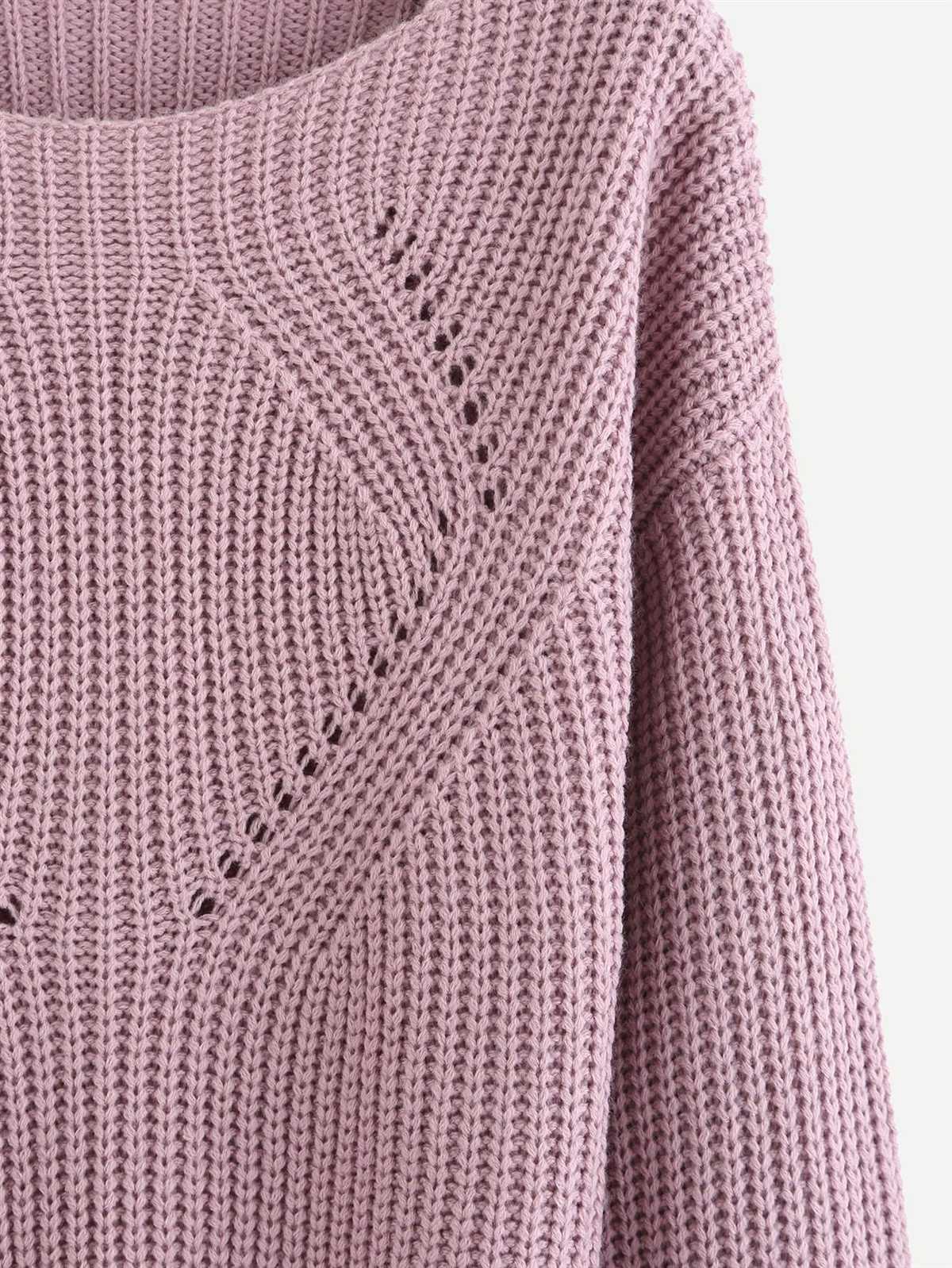
Knitting raglan sleeves can be a fun and rewarding process, but it’s important to be aware of some common mistakes that can occur. By avoiding these mistakes, you can ensure that your raglan sleeve project turns out beautifully.
1. Incorrect Gauge: One of the most common mistakes knitters make when knitting raglan sleeves is not checking the gauge. It’s important to make a gauge swatch and match the recommended gauge in the pattern. Failing to do so can result in sleeves that are too tight or too loose.
2. Uneven Increases or Decreases: Raglan sleeves require a specific increase and decrease pattern to create the characteristic diagonal lines. It’s crucial to follow the pattern instructions carefully and make sure that your increase and decrease stitches are evenly spaced. Skipping or adding stitches can cause the sleeve to be misshapen.
3. Ignoring the Importance of Markers: Markers are an essential tool when knitting raglan sleeves. They help you keep track of the different sections and increases in your sleeve. It’s important to place markers correctly and move them when necessary. Neglecting to use markers or misplacing them can result in a misaligned sleeve.
4. Not Trying on the Sleeve: While knitting, it’s important to try on the sleeve periodically to ensure the fit is correct. This is especially important for raglan sleeves, as the shaping can vary depending on your body type. Trying on the sleeve allows you to make adjustments if needed, ensuring a perfect fit.
5. Sloppy Seaming: Finally, when it comes time to seam the raglan sleeve, it’s essential to take your time and do it neatly. Sloppy seaming can ruin the overall look of the sleeve and make it less durable. Take care to match up the stitches correctly and use a strong and even seam.
- Always check your gauge before starting.
- Follow the pattern instructions carefully for increases and decreases.
- Use markers to keep track of the different sections.
- Try on the sleeve periodically to ensure a good fit.
- Take your time and do neat seaming.
Alternative raglan sleeve knitting techniques
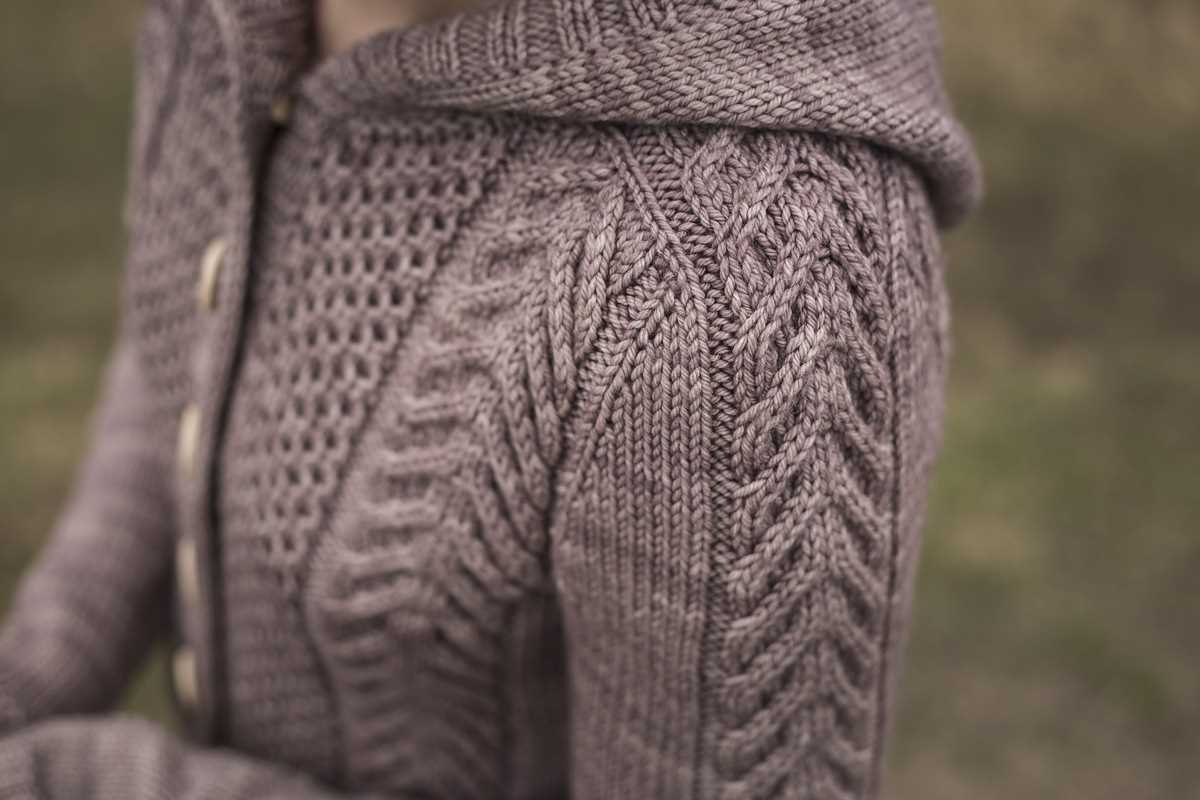
While the traditional raglan sleeve knitting technique is popular and widely used, there are also alternative techniques that can be used to create beautifully fitted and stylish raglan sleeves. These alternative techniques may offer different approaches to shaping and construction, allowing knitters to customize their projects and create unique designs.
Short-row shaping: One alternative technique for raglan sleeves is short-row shaping. Instead of working continuous increases or decreases along the raglan lines, short rows are used to create subtle shaping and achieve a better fit. This technique allows for more precise control over the shaping of the sleeves, resulting in a more tailored and fitted look.
Saddle shoulder construction: Another alternative technique is the saddle shoulder construction. This technique involves adding an extra piece, called the saddle, at the top of the shoulders. The saddle is worked separately and then attached to the body and sleeves. This construction method provides an interesting design detail and can be used to create a more structured and defined shoulder line.
Top-down construction: A popular alternative to the traditional bottom-up raglan sleeve construction is the top-down method. With this technique, the sweater is knit starting from the neckline and the raglan lines are created as the knitting progresses. This allows for easy customization and fitting adjustments as the knitter can try on the sweater during the knitting process. Additionally, top-down construction eliminates the need for seaming, resulting in a seamless and comfortable fit.
Overall, these alternative raglan sleeve knitting techniques offer knitters the opportunity to explore different shaping and construction methods, allowing for greater customization and creativity in their projects. Whether using short-row shaping, saddle shoulder construction, or top-down construction, knitters can achieve beautifully fitted and stylish raglan sleeves that add a unique touch to their knitwear.
Inspiration for your next raglan sleeve knitting project
After exploring these free raglan sleeve knitting patterns, you may have found yourself inspired to start your next project. Whether you’re a beginner or an experienced knitter, there are so many possibilities for creating beautiful raglan sleeve garments.
If you’re looking for something classic and versatile, you could try knitting a raglan sleeve sweater. This timeless design is perfect for everyday wear and can be customized with different yarns, colors, and stitch patterns to match your personal style.
If you’re feeling more adventurous, why not try knitting a raglan sleeve dress or tunic? This style is perfect for creating a statement piece that can be dressed up or down for any occasion. You can experiment with different lengths, necklines, and embellishments to make it truly unique.
If you want to tackle a smaller project, consider knitting a raglan sleeve cardigan or shrug. These cozy and stylish pieces are great for layering and can be worn year-round. They are also a great way to practice raglan sleeve construction on a smaller scale.
Remember, the key to a successful raglan sleeve project is selecting the right pattern and yarn for your skill level and desired outcome. Don’t be afraid to try new techniques and experiment with different colors and stitches. With the wide range of free raglan sleeve knitting patterns available, you’re sure to find the perfect project to inspire your next knitting adventure!